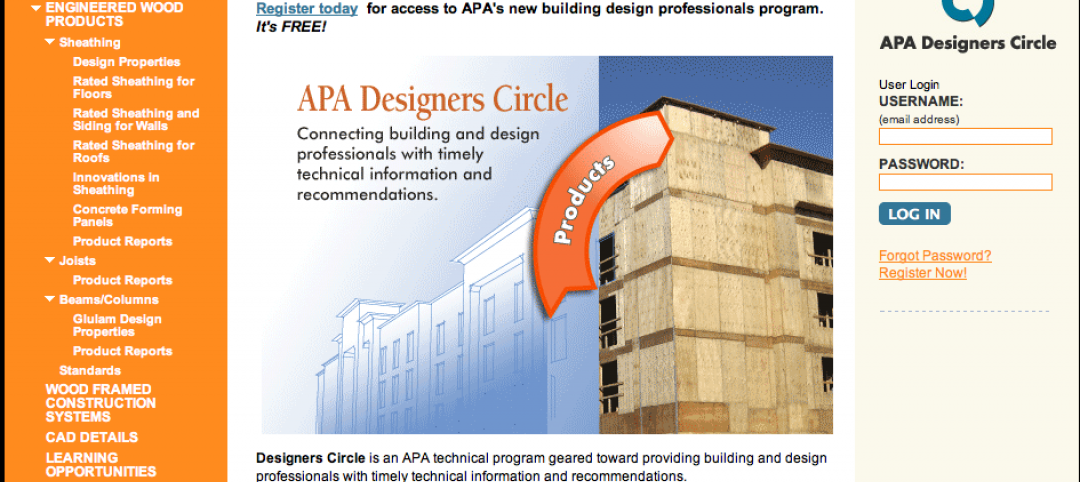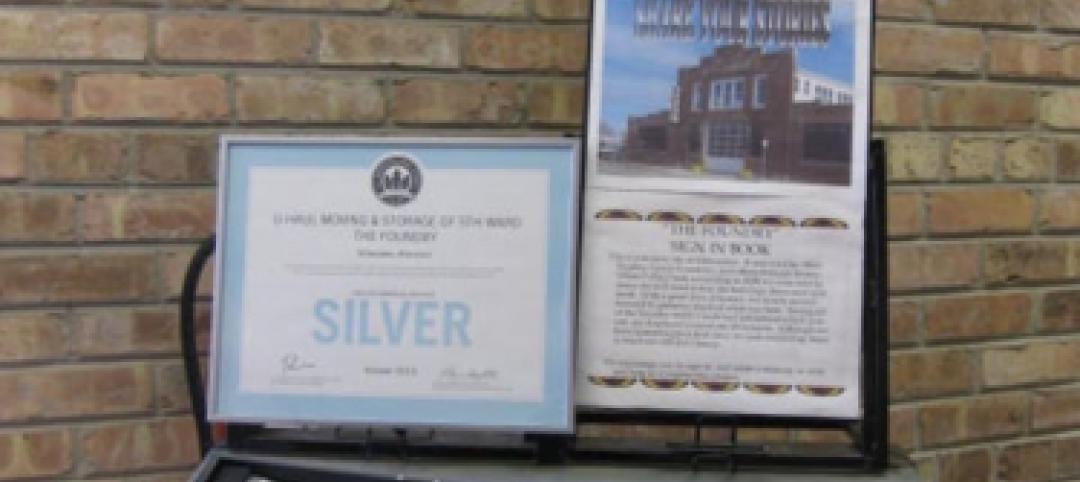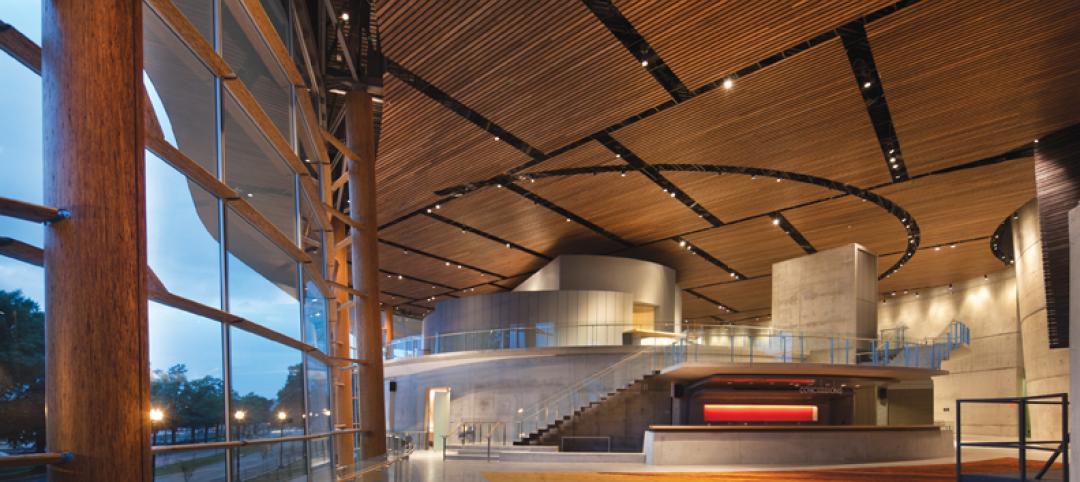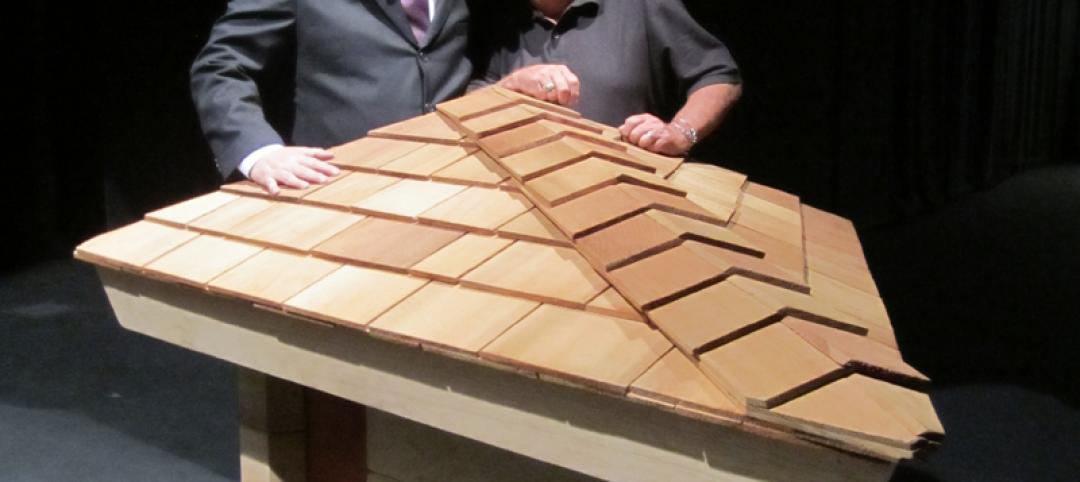USGBC’s recent quarterly addenda to the LEED green building rating system includes a new pilot Alternative Compliance Path (ACP) credit that is designed to eliminate irresponsibly sourced materials.
One aim is to advance environmentally responsible forest management to help rid buildings of illegal wood by promoting wood that is verified to be legal. The pilot ACP builds on the robust infrastructure that has been built around responsible wood sourcing and chain of custody to test an approach to prerequisite requirements.
This approach to wood could serve as a model for other building materials, USGBC says. This pilot ACP is applicable to both LEED 2009 and LEED v4 systems. LEED has always rewarded leadership in materials specification, but this new approach focuses attentionon the significant need for more comprehensive and effective legality verification of building products, according to USGBC.
“We want LEED to be a significant driver for stopping illegal logging,” says Rick Fedrizzi, CEO andfounding chair, USGBC. “As we have begun looking at approaches to incentivize responsible sourcing of all materials that go into our buildings—such as concrete, steel, copper and other materials—we recognize the need to address both the top—rewarding the best—as well as the bottom by eliminating unacceptable practices.”
Related Stories
| Apr 27, 2012
APA launches wood design web portal for building and design pros
Design professionals who are members of APA’s Professional Associates are automatically enrolled in the APA Designers Circle program.
| Apr 26, 2012
Energy efficiency requirements heighten the importance of proper protection for roofing systems
Now more than ever, a well-insulated and well protected roof is critical in new or renovated commercial buildings.
| Apr 16, 2012
Drake joins EYP as science and technology project executive
Drake’s more than 30 years of diversified design and project delivery experience spans a broad range of complex building types.
| Feb 26, 2012
Milwaukee U-Haul facility receives LEED-CI Silver
The new elements of the facility now include: efficient lighting with day-lighting controls and occupancy sensors, a high-efficiency HVAC system used in conjunction with a newly constructed thermal envelope to help reduce energy consumption, and the installation of low-flow fixtures to reduce water consumption.
| Feb 10, 2012
Task force addresses questions regarding visually graded Southern Pine lumber
Answers address transition issues, how to obtain similar load-carrying capabilities, and why only some grades and sizes are affected at this time.
| Feb 2, 2012
Call for Entries: 2012 Building Team Awards. Deadline March 2, 2012
Winning projects will be featured in the May issue of BD+C.
| Feb 1, 2012
New ways to work with wood
New products like cross-laminated timber are spurring interest in wood as a structural material.
| Jan 26, 2012
Hendrick Construction completes Osso Restaurant in Charlotte
Designed by François Fossard, Osso's upscale interior includes tapered, twisted decorative columns and an elegant fireplace in the center of the lounge.
| Dec 20, 2011
BCA’s Best Practices in New Construction available online
This publicly available document is applicable to most building types and distills the long list of guidelines, and longer list of tasks, into easy-to-navigate activities that represent the ideal commissioning process.
















